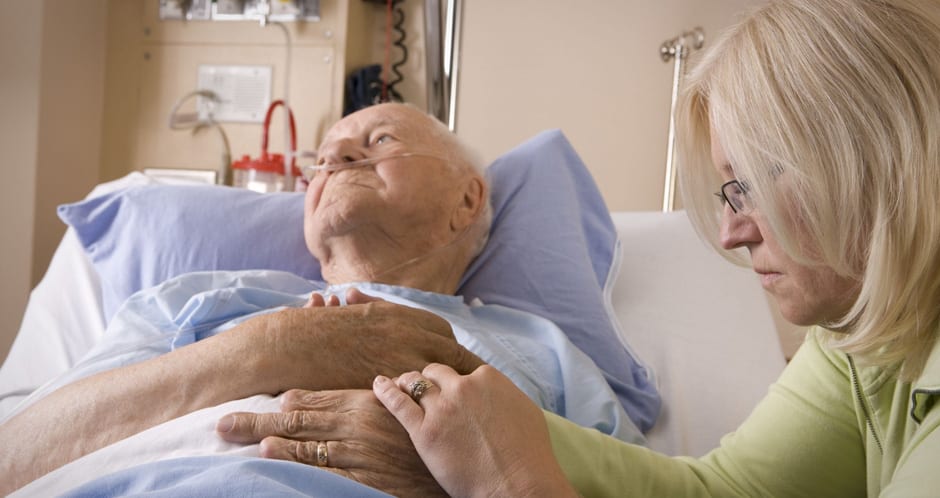
With the upcoming bill for assisted dying to presented to the Victorian Government, there has been a large debate between supporters and critics over whether it should be passed.
Some sections are worried that assisted dying is a replacement for palliative care, which aims to ease the pain and suffering of those who do not have long to lie.
However, according to Dr Rodney Syme, the Vice President of Dying with Dignity, evidence shows that it doesn’t have a negative effect on palliative care.
“When people think about it and truly understand it, they see that there isn’t essentially a conflict between them. They shouldn’t be seen as opposites or conflicting with one another”.
“My argument would be that assisted dying should find a place in Australia within palliative care,” said Dr Syme.
“It would mean that people would get the very best in palliative care leading up to their death. And then assisted dying would only become important at the ‘sharp, pointy end’ of dying – as it relates to actually having to die”.
By incorporating the concepts of assisted dying and palliative care would mean that people who could no longer be relieved would be provided with another option.
Dr Rodney Syme spoke about palliative care and assisted dying during a panel at the Palliative & Aged Care Forum in Melbourne.
“In my opinion, it would enhance palliative care. People would be more accepting of palliative care if they knew they had options”.
Assisted dying has been operative in the Netherlands for 30 years, in Belgium for 17 years and Oregon, in the U.S, for 20 years.
In Belgium, the laws for assisted dying came from palliative care professionals, and over there it is integrated with palliative care.
Figures show that approximately 70% of assisted deaths are within palliative care.
In Oregon, 80% of people who used assisted dying are in hospice care.
And the amount of people that are accessing assisted dying are only a small proportion of people who are dying.
In Oregon, it’s only about 0.3% of people accessing these services. In Belgium and the Netherlands, it fluctuates between 2-4% of people who are dying.
In the Netherlands, palliative care has grown because of how integrated the possibilities of how people might die.
“And people should be able to make the choice over which one they want,” suggests Dr Syme.

Assisted dying has become a generic term, which to some extent, has replaced the concept of euthanasia.
“I’ve personally advocated the dropping of the term ‘euthanasia’ because euthanasia implies a death by lethal injection provided by a doctor at the request of the patient,” said Dr Syme.
“I’m not an advocate for that, I advocate for what I call “assisted dying” which is where the patient self-administers the medication.”
The theory is that if it’s a lethal injection, the doctor has the control, but if you’ve got the medication, then you have the control.
“That is the distinction between assisted dying and voluntary euthanasia. And I think it’s important to distinguish that, because a doctor giving an injection is offering a medicalised form of end-of-life.”
“However, if you have the medication, that is not nearly as medicalised – it is medicalised in the extent that you have an interview with a doctor, with an extensive dialogue, and where appropriate they give you the medication to take. But then you have complete control”.
“If you’ve got the medication, if you’ve got the control – you will determine if you use it, when you’ll use it, where you’ll use it and who is present.”
“And because of that you can gather your family around you at the end and you can say your goodbyes in a loving atmosphere and sharing a very profound moment – the moment when somebody dies.”
It is this form of assisted dying that is to be proposed to the Victorian Government as a bill to legalise in the later half of this year.
In Oregon, it’s reported that 30% of people who have the medication do not end up using it.
In those cases, is the opportunity wasted? Not according to Dr Syme, “what it has done is given the person peace of mind, the ability to improve their quality of life and given them the ability to go on with a natural death”.
4.5
5